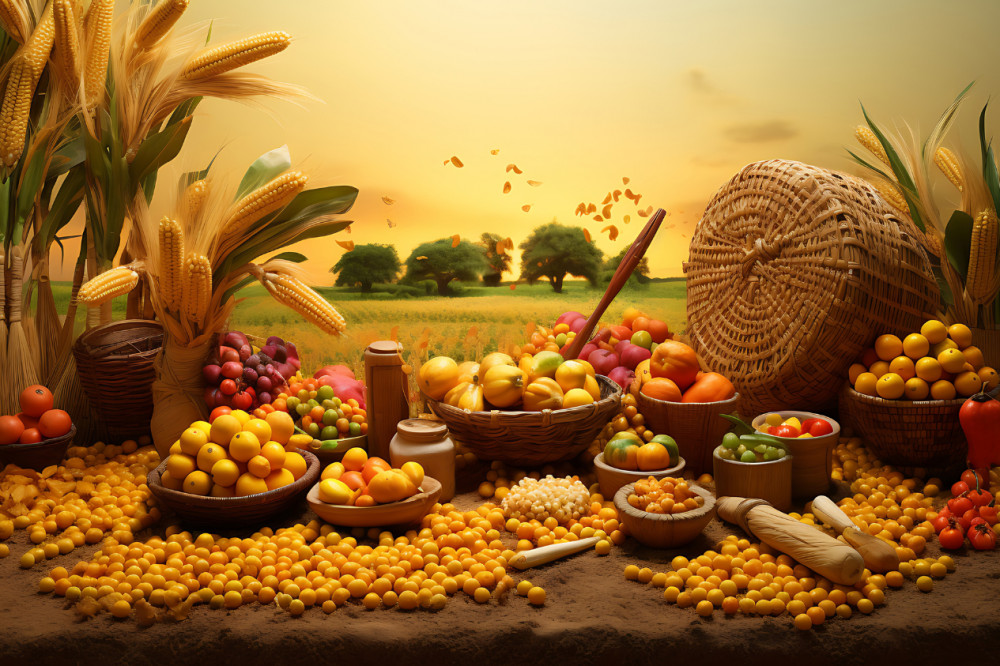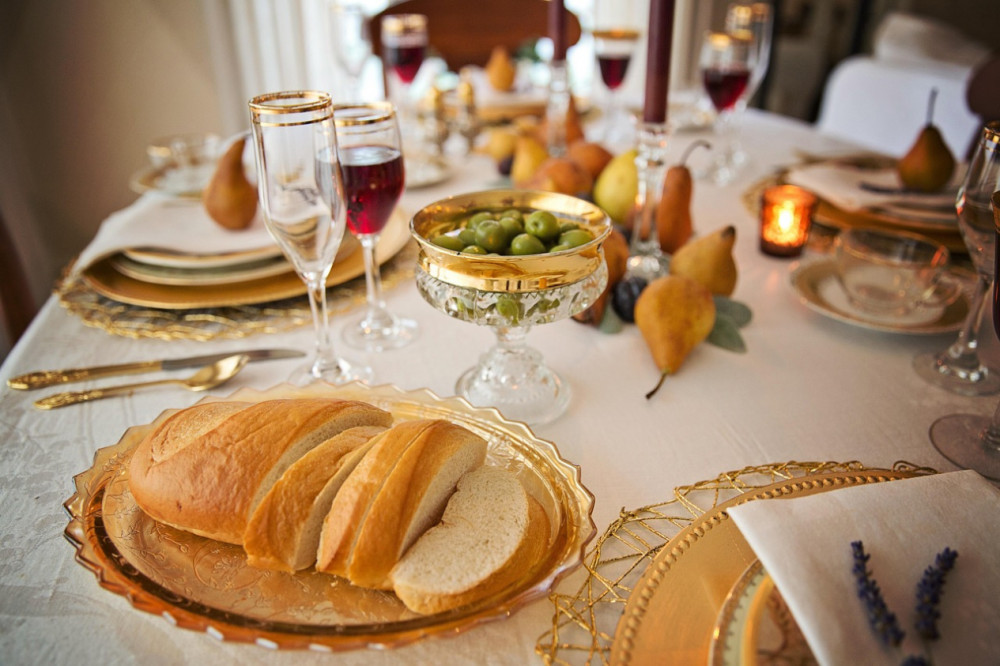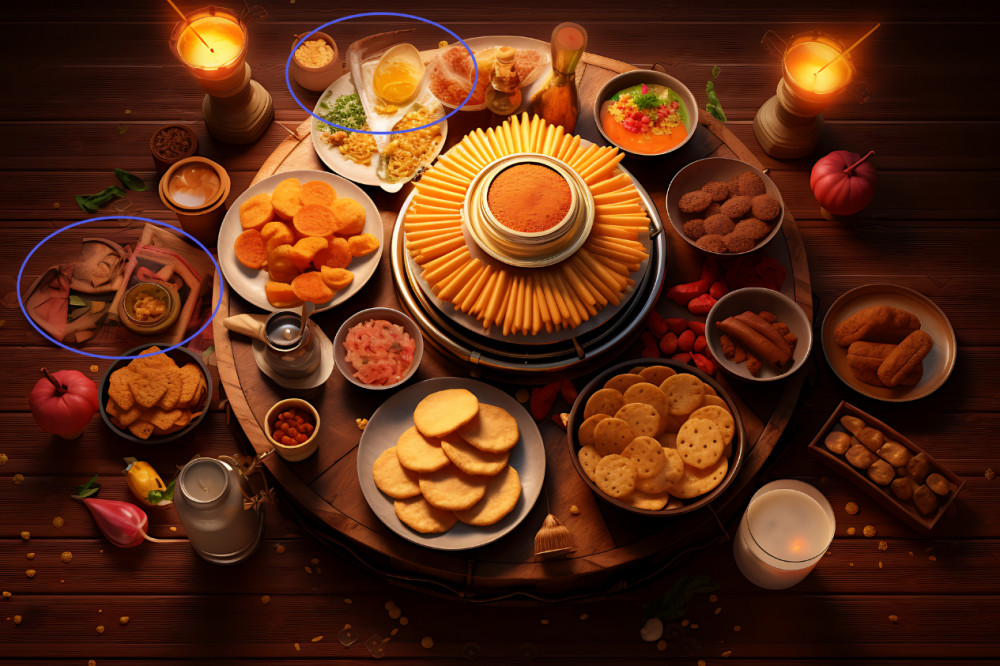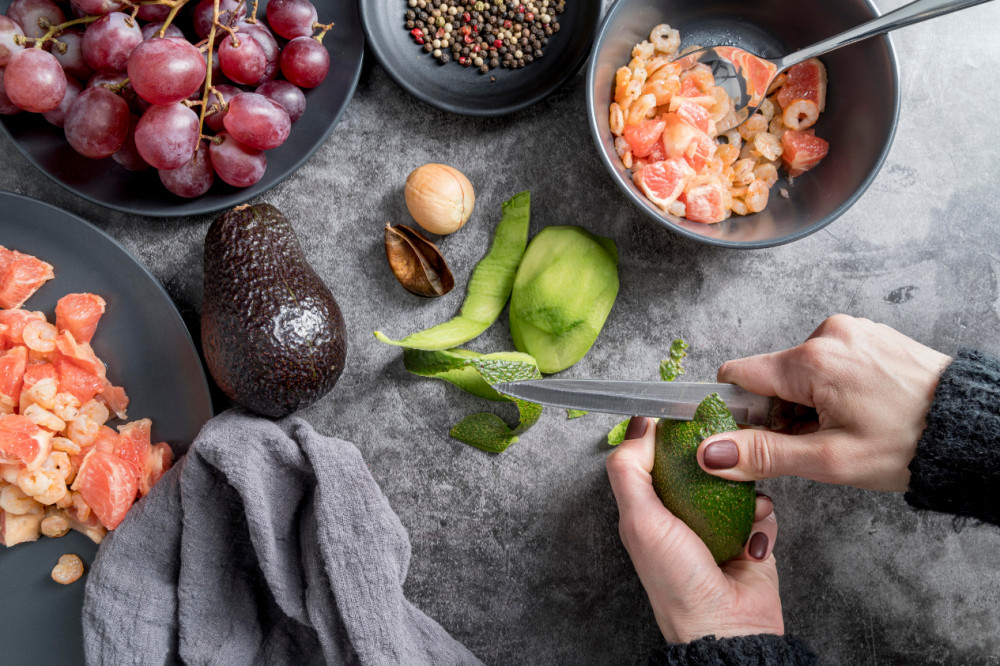
Khichdi – A Dish That Became a Metaphor
Khichdi – A Dish That Became a Metaphor
Khichdi is as omnipresent across Indian households as water. With each region having its own take on this staple dish, the humble khichdi assumes many forms across the country.
After a tiring day, when your stomach is kind of bloaty, but you still want to eat something that won’t sit too heavily, you turn to khichdi. While one may assume that Khichdi has been around in India since time immemorial, you would be wrong. It was the Moroccan traveler called Ibn Battuta who introduced the moong khichdi to India in for the first time in the 14th century.
India took to khichdi with an unparalleled fervour. In fact whenever we come across a complex mix of things, an Indian automatically thinks ‘what a khichdi’.
The name of khichdi has its origin from the Sanskrit word khicca, which translates to ‘a dish made with rice and pulses.’ Krusaranna can be considered an early relative of khichdi whose mention is there in across the diverse gastronomic literature of ancient India.
Mughals have had a large influence on Indian food and they khichdi wasn’t far behind. Their spin on khichdi added their typically royal tastes to this usually simple fare, adding nuts, spices and kofta to this dish.
Ibn Fazl’s, Ain-i-Akbari mentions different variations of khichdi prepared in the Mughal kitchens with saffron, spices and dry fruits. Emperor Jahangir liked the spicy adaptation of khichdi so much that he named it ‘lazeezan’ which means ‘delicious.’
During the colonial rule, khichdi went on to be called ‘kedgeree’ and its recipe went back to England along with them. The British became so fond of this dish that it became a breakfast and brunch staple in England and continues to remain popular even now.
In the 19th century, Nasir-ud-din Haidar Shah’s royal kitchen was run by a particular unique genius raqabdar, or royal chef. He concocted an extravagant variation of khichdi which was made explicitly out of pistachios and almonds where these dry fruits were cut in a way to resemble lentils and rice.
Another variant of khichdi that became popular in Uttar Pradesh was the flavourful amla khichdi. It is made using kali dal (split black gram) and amla (Indian gooseberry). This dish was the staple fare during Makar Sankranti in Kangra region of Himachal.
In the South, the royal chefs of the Hyderabadi Nizams created keeme-ki-kichdi which was made with minced meat, spices, lentils, rice and was accompanied by sour and soupy khatta. Today, keema khichdi is a famous tawa street food and savoured by millions in India.
Gujarat:
In Gujarat, khichdi is eaten with lightly spiced or sweet kadhi, which is a yoghurt based curry. Sola khichdi became popular in Surat from the Dawoodi Vohra community. This khichdi has both vegetarian and non-vegetarian versions. Ram khichdi is famous in Gujarat which is made with assorted vegetables like cauliflower, peas, brinjal and beans and has become popular from Kathiawad.
West Bengal:
Bhog’er khichuri is a staple during Durga pooja and is served in pandals with an assortment of leafy greens and vegetables. There are various other versions of khichdi in Bengal such as malai bhuni khichuri (made with coconut milk and bak tulsi rice), til khichuri (made with sesame seed paste and saffron) and khejurer khichuri (made with syrup-soaked dates and thick cream.)
Kashmir:
In Kashmir, khichdi was traditionally offered as a sacrificial food to the local deities on Khetsimavas, a festival in December. The locals enjoy the khichdi with kadam ka achaar (a vegetable similar to cabbage).
Karnataka:
Karnataka is famous for its variation of khichdi called bisi bele bhat. Bisi in Kannada means hot, bele means lentils and bhat mean a gooey dish. Dal and rice are cooked together with tamarind, spice powder and seasoned with ghee.
Tamil Nadu:
Tamil Nadu has a number of interesting takes on khicdi, namely ven pongal, khara pongal, milagu pongal and sakkarai pongal.
a) Ven pongal:
Ven pongal is a savoury dish made in Tamil Nadu and Sri Lanka. It is extremely light on the stomach and eaten as a breakfast. It is usually served with sambhar and coconut chutney.
b) Puli pongal:
Puli means tamarind in Tamil and this dish is made with tamarind and boiled rice.
c) Melagu pongal:
Melagu means pepper in Tamil and is a spicier variant of khichdi made with rice, pepper and moong dal.
d) Sakkarai pongal:
Sakkarai pongal is sweet and jaggery immersed khichdi, which is given as prasadam. It is made during the festival of Pongal in Tamil Nadu and Makar Sankranti in Andhra Pradesh.
Rajasthan:
Since rice is not a staple in Rajasthan, khichdi prepared there is made with bajra or whole wheat along with lentils like moong dal, masoor, chana, urad etc.
Maharashtra:
Maharashtra’s valachi khichdi is made with beans and rice and garnished with cashew, grated coconut and roasted groundnuts.
Parsis too have their own unique version of khichdi called ‘Bharuchi vaghareli khichdi’ which is made with marinated and fried Bombay duck and the ‘kolmi ni khichdi’ which is made with prawns and coconut milk.
If you still have doubts regarding how much of a culinary boss khichdi is, you should know this dish was chosen as the Brand India Food in 2017 at the World Food India event, held in Delhi on November 3rd 2017. Sanjeev Kapoor even made around 800 kilos of Khichdi commemorating this dish.
If you are anything like us, by now you would already be craving the warm comfort of having a warm plate of khichdi in front of you. Here are some unique khichdi recipes for you try, and with its chaar yaar dahi, papad, ghee and achaar you have your comfort meal ready.
Related Blogs

Flavours of Mizoram: The Harvest Table You Need to Try
40 Views

Fusion Thanksgiving: India-Inspired Global Feast
82 Views

Food Offerings and Festive Plates of Kartik Purnima
183 Views

The Science of Ferment: Easy Homemade Fermented Foods
133 Views

Zero-Waste Cooking: 7 Dishes That Use Every Bit
133 Views